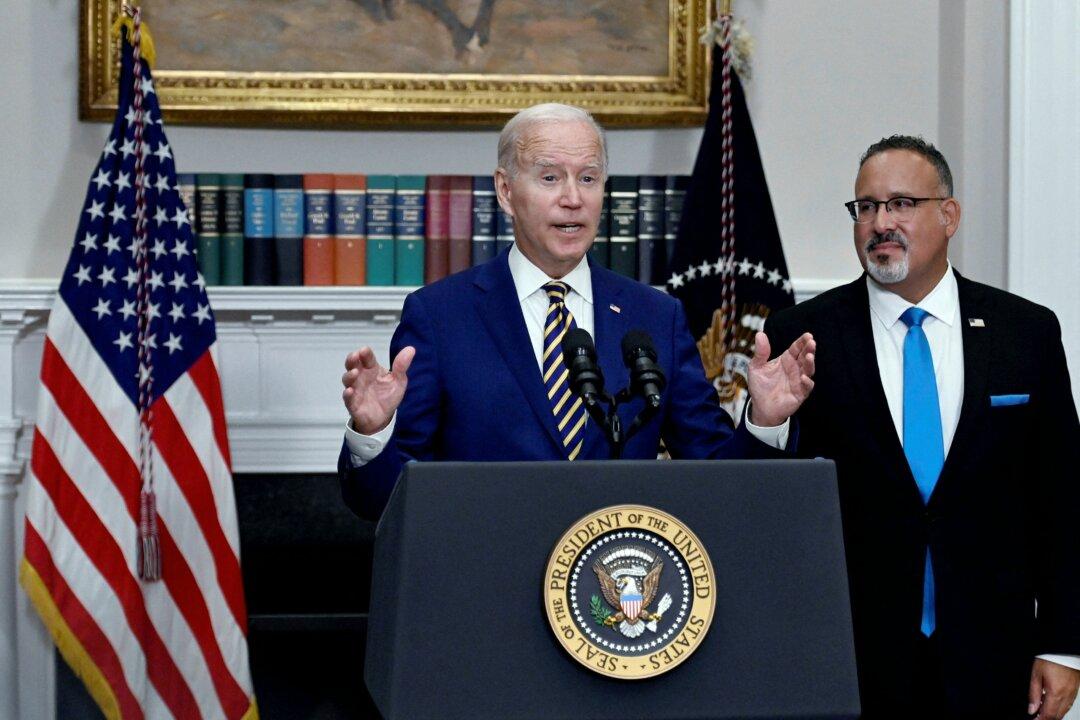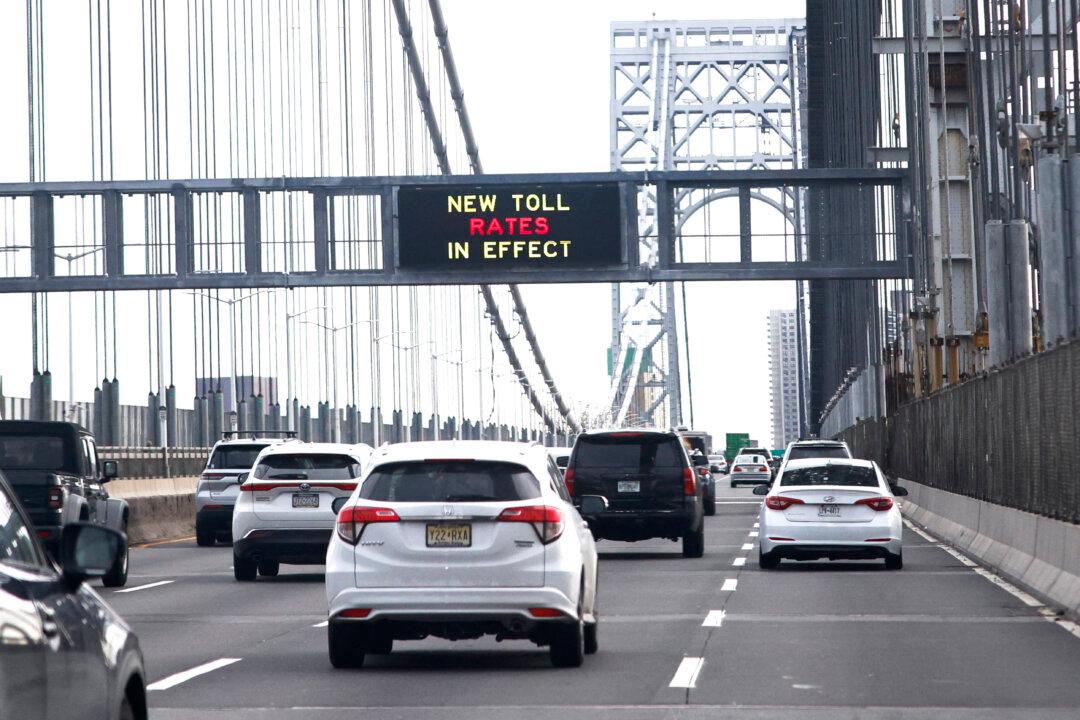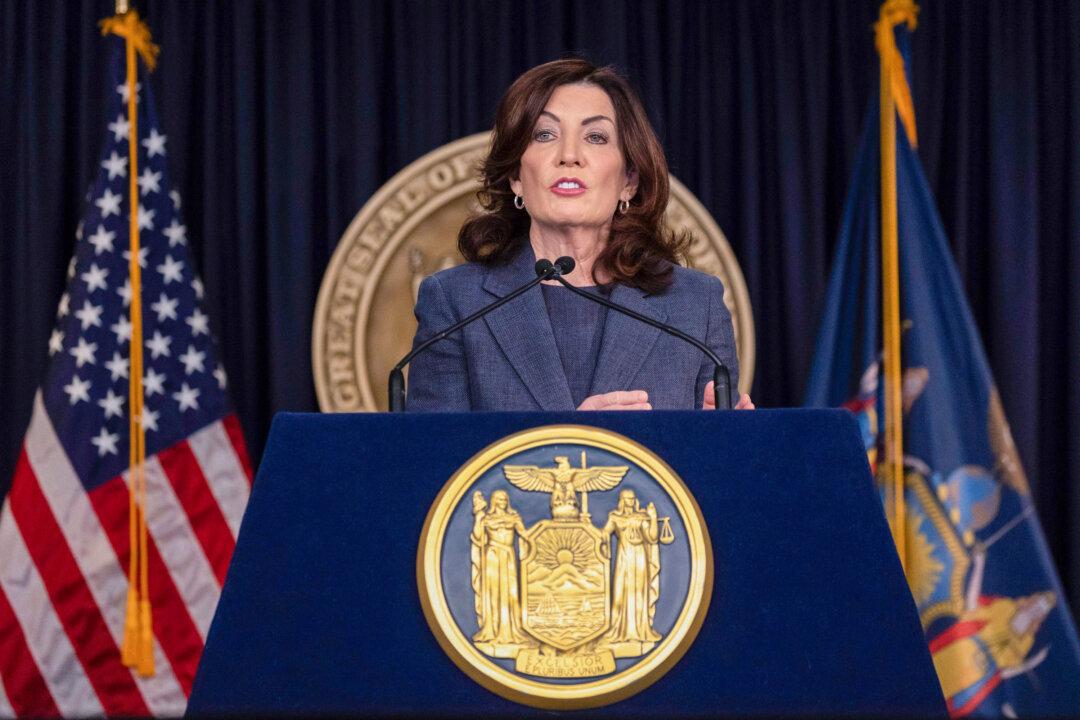News Analysis
President Joe Biden’s ambitious plan to eliminate $10,000 of federal student debt, and $20,000 for those borrowers who received federal Pell Grants, will worsen America’s roughly $30 trillion in national debt while giving the incumbent party a justification to raise taxes steeply in the near future, economists who study the issue have told The Epoch Times.





